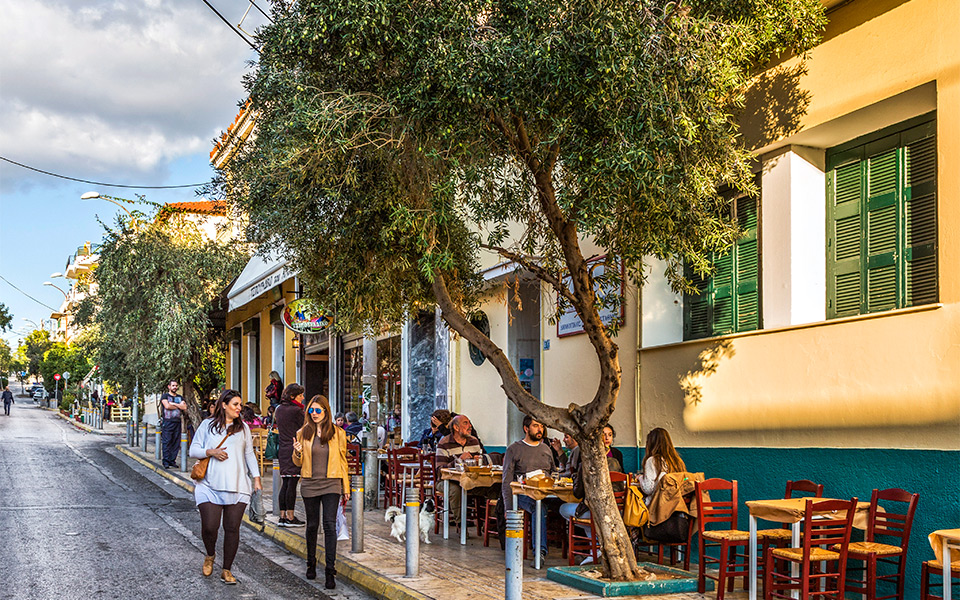Athens has more than three millennia of history behind it, making it one of the world’s oldest continuously inhabited cities. That fact has certain implications for the visitor, the most obvious being that there is an almost infinite number of things to see. The major sights of Athens such as the Parthenon do double duty as great sites of Western civilization and as such command the proper amount of time to properly discover.
For Athenians though, mighty monuments are more often the backdrop to the thousand and one small dramas of everyday life in the teeming capital. That city rhythm, and those singular city manners, are things with which every traveler can connect, if only for a short while.
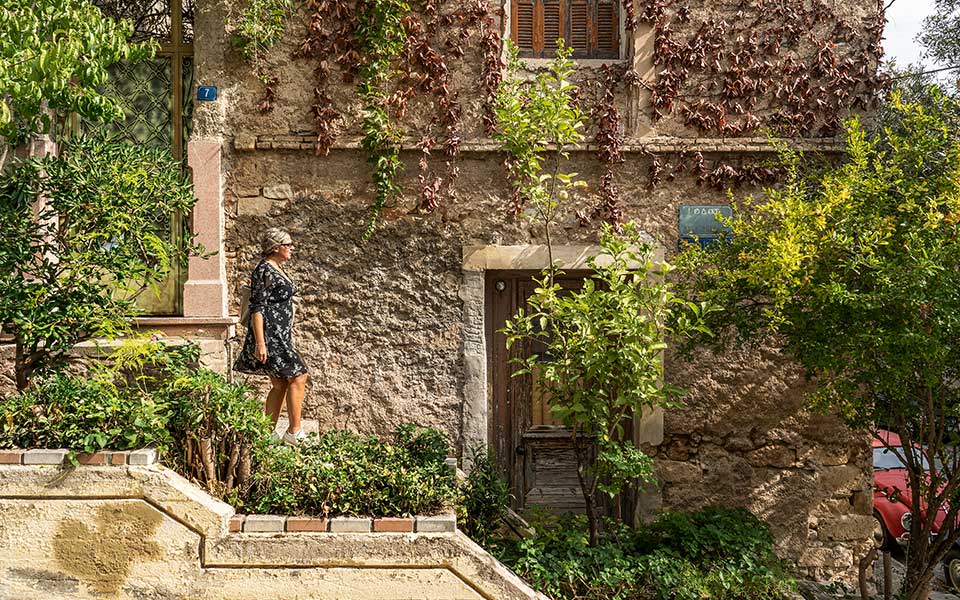
© Perikles Merakos
My own Athenian connection began with a series of short stays, because I simply could not figure out how to pack everything into just one. That’s how I realized that what is more appealing, and possibly more enduring, than refreshing your Instagram feed is to nourish your real-time exploration of Athens with authentic, even idiosyncratic experiences instead. Those can be both within and outside the city limits, because Attica is the capital’s fabled backyard.
Athens is an ancient city brimming with iconic sights, so it can be daunting to flip the script a bit. But part of the richness of the city is that you can unfold the map any way you want: after all, Who says you can’t?
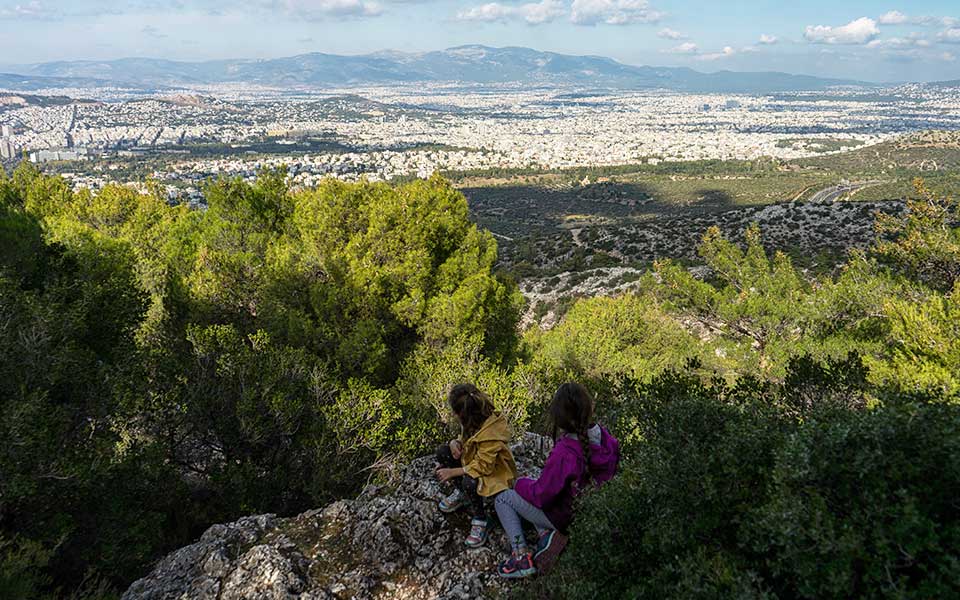
© Marika Tsouderou
A beautiful mountain
Something that locals treasure is the natural landscape — did you even realize that Athens has one?
The Acropolis, of course, is the pinnacle of Athens, almost literally, and it’s about as outdoors as you can get. But who says you can’t go even higher? Mount Ymittos, also spelled Hymettus, rises nearly 1,026 meters — a whopping seven times higher than the Acropolis. Stretching 23 kilometers from end to end, the mountain is known colloquially as Trellos, or “the crazy one.” Botanically diverse, its “aesthetic forest” is replete with pine as well as cypress, carob and mossy oak trees, plus 600 species of plants and 40 kinds of orchids.

© Marika Tsouderou
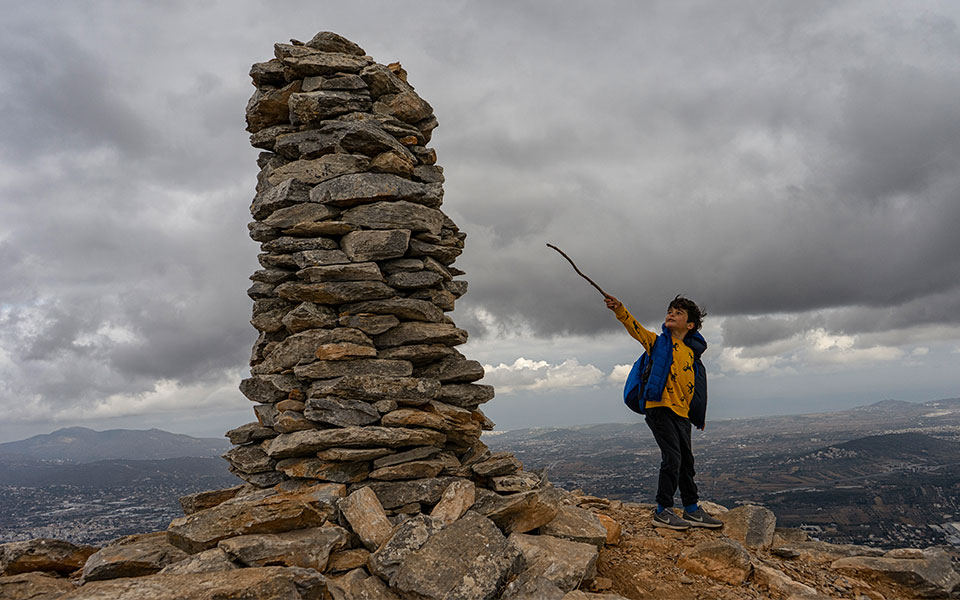
© Marika Tsouderou
The mountain was as crucial to the survival of ancient Athens as was defeating Persian incursions. Water from it fed the Ilissos River which was then channeled into the Pelasgian Aqueduct, providing the Athenians with a reliable water supply. According to the Athens Water Supply & Sewerage Company (EYDAP), the ruler Peisistratos had an underground aqueduct built between 540-530 B.C. Nearly 3,000 meters long, it collected water from Ymittos and kept the fountains of the expanding city-state flowing.
The rockier areas add holly and wild olive trees to the mix. No wonder Ymittos is a protected habitat of Europe’s Natura 2000 network and such a popular weekend hiking spot for Athenians. Driving there is ideal, but you can also take public transportation: from the Byzantine Museum, for example, Bus 203 will take you to the pretty Holy Monastery of Saint John at Kareas on the lower slope of Ymittos in about half an hour.
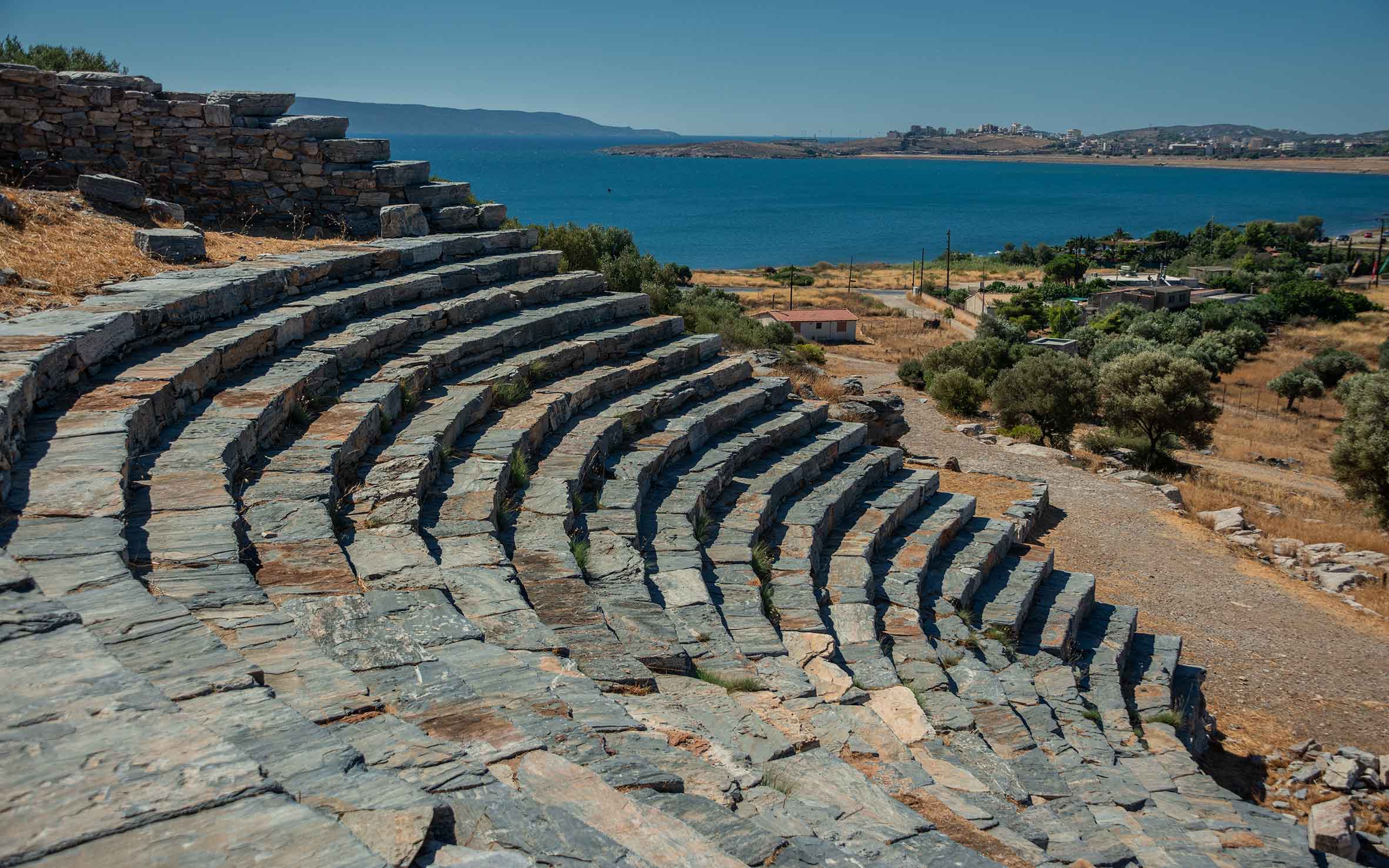
© Shutterstock
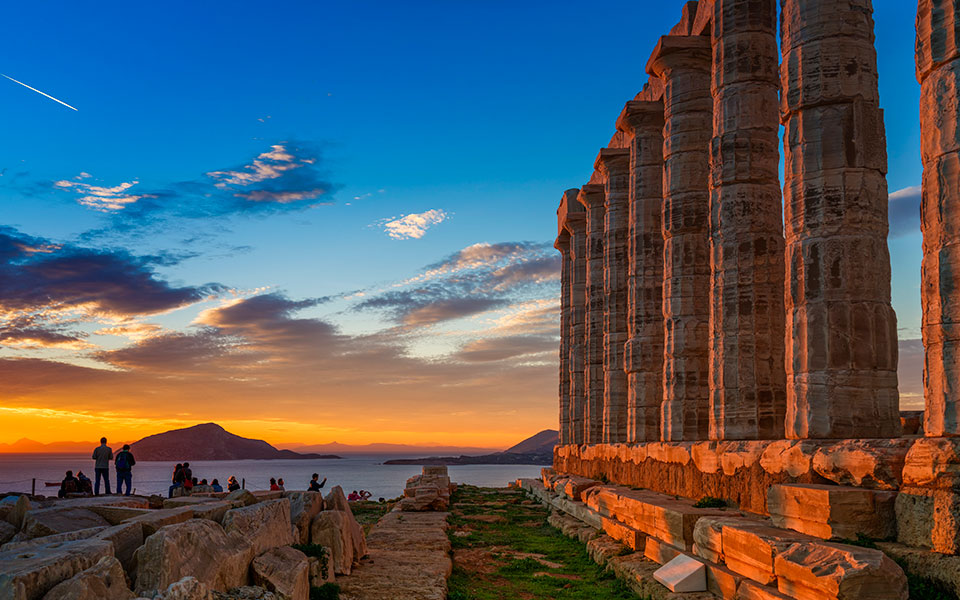
© Perikles Merakos
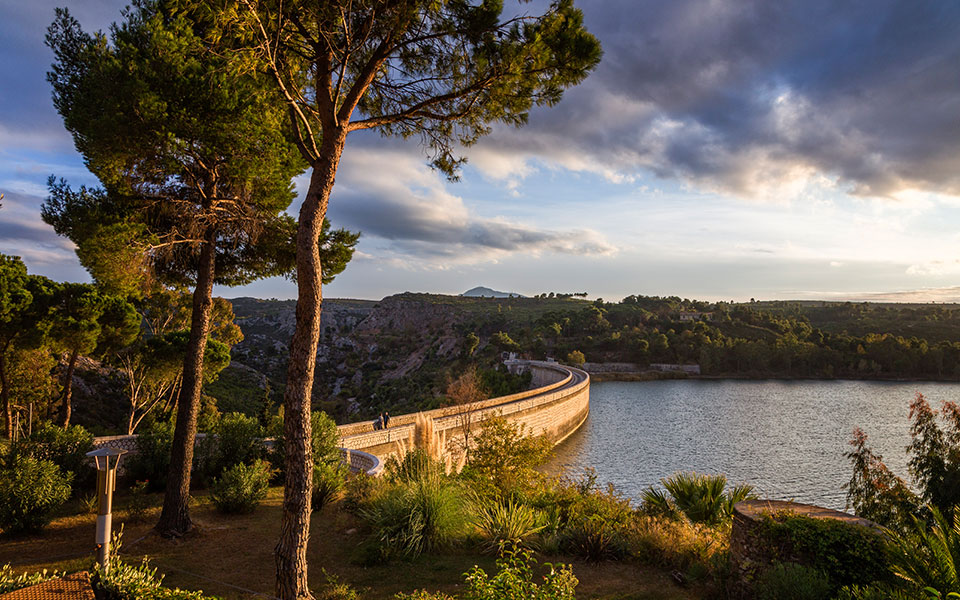
© Perikles Merakos
Only a drive away
Who says you can’t see more of Attica than Cape Sounion and the Temple of Poseidon? Once seen and Instagrammed most people turn around and head right back to Athens — but don’t. Instead, proceed in counterclockwise fashion around the cape, north to Lavrio. Ancient Laurium, where the ancient Athenians had their silver mines and minted all those coins you see at the Numismatic Museum, is now a sleeper hit of a port town. The local archaeological museum is definitely worth your time. So is Thorikos, just outside Lavrio. It is home to an ancient theater that happens to be the oldest surviving theater in Greece, dating back to the late Archaic Era which was during the period between 525 – 480 BC. Also surviving are some particularly ravishing sea views.
Exploring some of Attica’s off-radar highlights like Lavrio presupposes that you’ll have a car at your disposal. And why not? Yes, Athens has great public transportation and it is getting better all the time, but four wheels will make it easier for you to find more remote places like Rhamnous, which served as an entrepôt for grain during the Peloponnesian War. The good part is a bit of a stroll from the parking area. You’ll pass the ancient sanctuary of Nemesis before you get to the ruins of the ancient city itself, which is considered to be the best-preserved deme (an ancient subdivision of Athens) site in Attica. The old fortified acropolis clings silently but resolutely to a peak above the deep blue Euboean Strait. Other ancient sites around Attica like Marathonas (Marathon) and Vravrona are also far easier to explore by car.
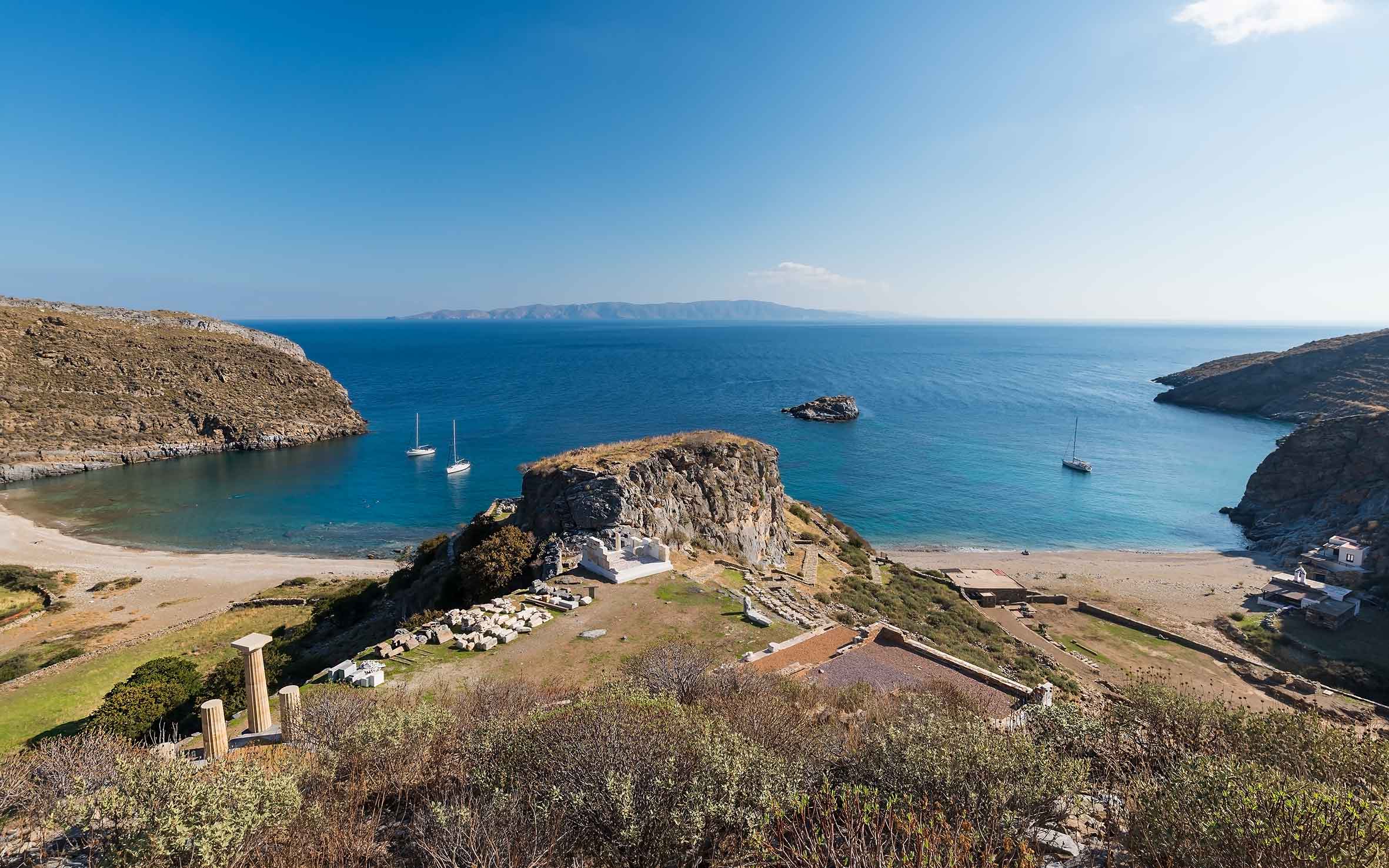
© Shutterstock
To the sea
Athens is unique among European capitals in that it has many easily accessible islands nearby. On short visits it can be tempting to pack in two or three of them in the same day, but Athenians take their time: once they’ve taken the trouble to ferry over to Hydra or Poros, they tend to stay a while before rushing back. That is a good model to follow, because it allows you to have a more in-depth experience.
Depending on the weather, anyone with a modest sense of adventure can even be an improvised sea captain for an afternoon. This is fairly easy to do: most ports, even the smaller ones, are fairly bustling places because they are the real beating hearts of the life of islands. It is usually fairly easy to find a boat captain or two who for an agreed fee can take you on short customized excursions. If you don’t see signs for some, just ask around.
For better or for worse, I watched many episodes of the reality series Below Deck: Mediterranean during the lockdowns. So last summer, while I was having difficulty finding the “right” beach on the island of Kea – just one hour by ferry from the port of Lavrio – the memories of that show about the onboard lives of crew members kicked in. Who says I couldn’t hire a private skipper to take me around the island for a few hours? So I did.
I found Petros with Ploes Kea Sea Tours by almost tripping over the base of a banner near his boat. But, no problem. Soon I was visiting the hard-to-access Temple of Karthaia by sea like a latter day disciple of Poseidon. The hike would have been long and dusty, as well as cheaper, but sometimes going against the grain costs a little more. In this case it was worth it.
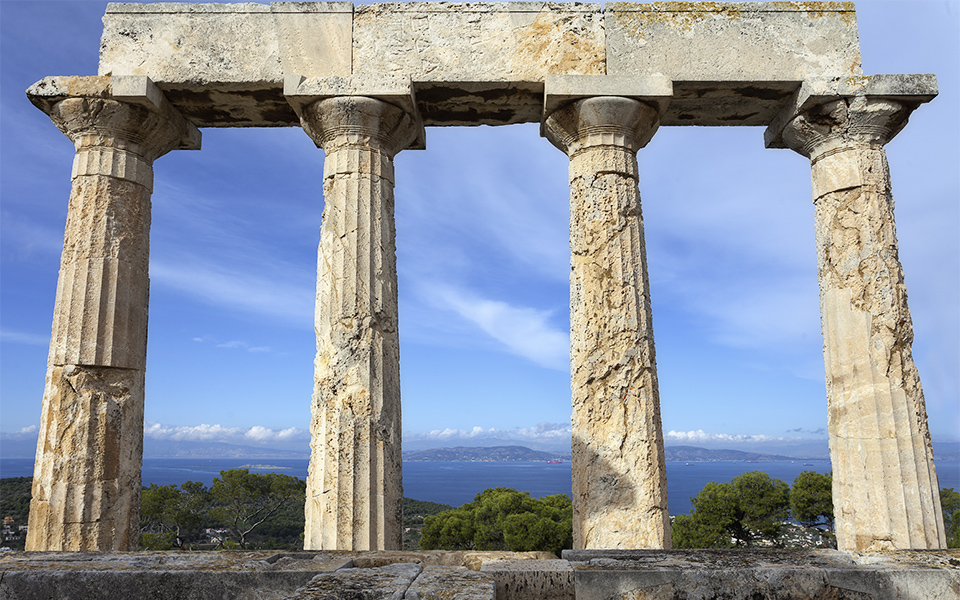
© Shutterstock
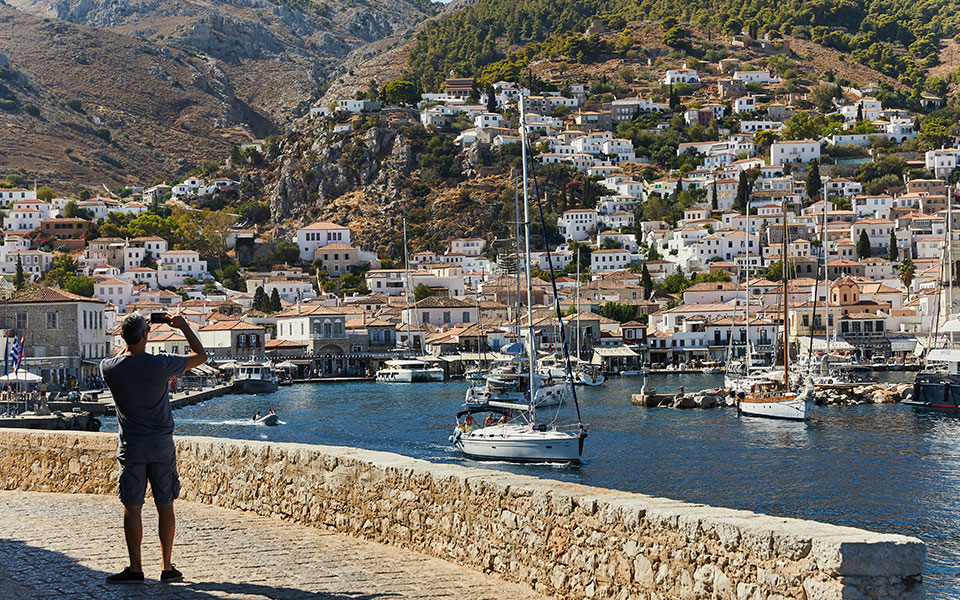
© Dimitris Vlaikos
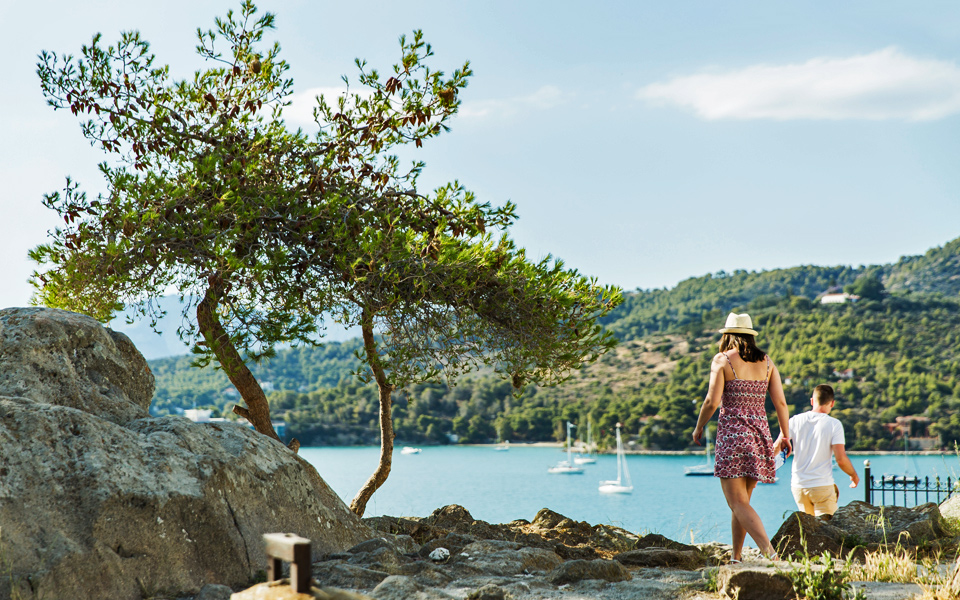
© Dimitris Vlaikos
The islands of Aegina, Poros, Hydra, and less glitzy Salamina, are all within the orbit of Athens, Ferry service to each is regular and extensive regardless of the season, so it’s possible to organize a day trip on your own terms without taking a formal tour. A short taxi ride from Aegina’s port will take you to the Temple of Aphaia, the island’s biggest archaeological site and which resembles the Parthenon. By contrast the quiet charms of Poros are best experienced on foot, and Hydra has donkeys instead of cars. In recent years Hydra has become increasingly popular as a weekend getaway for Athenians, even in autumn, so plan accordingly.
By the way, who says you can’t go to Piraeus just for the fish, and not a ferry? Most people associate Piraeus as a point of departure but while that perception is not incorrect, it is also a busy seaside city in its own right. Athenians head to the less commercial “mini” ports of Piraeus like Zea and Mikrolimano to trade the urban fray for breezy seafood lunches or just to share a coffee while watching the boats glide by, island-style. If they do it — and on sunny days especially, they do — who says you can’t too?
Eating more like an Athenian and less like a tourist, by the way, is one of the best ways to experience the city — and by far the tastiest. Locals love great Greek food, but not only. See the box below for some favorite neighborhood picks.

